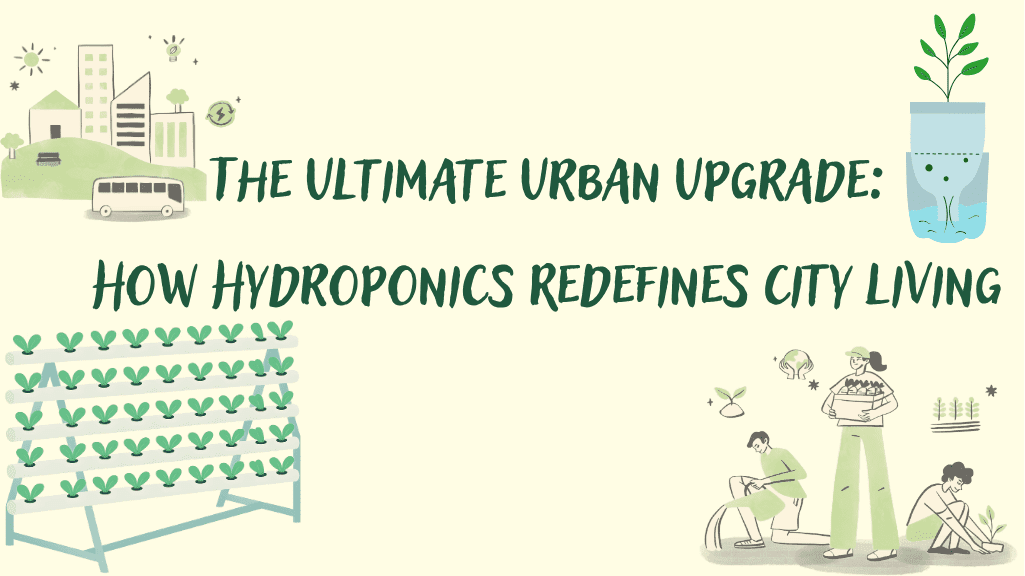Managing PFAS in landfill leachate is a challenge for many waste facilities. Without the right approach, it is easy to make mistakes that can lead to long-term problems for your site and the environment. Learning about common mistakes helps you better protect groundwater, comply with new regulations, and avoid costly errors.
It’s important to have effective tools and guidance for treating these chemicals. Many teams look for helpful resources like PFAS solutions from Water and Carbon or other sustainable companies to find guidance and support for newer treatment methods. Staying informed gives you a better chance to manage PFAS safely and responsibly.
- Ignoring The Limitations Of Conventional Wastewater Treatment Plants For Pfas Removal
You might assume that typical wastewater treatment methods can remove PFAS. However, these systems are not designed to target these chemicals. Most methods do not break down PFAS, which means the compounds can pass through and end up in water bodies.
Relying only on standard treatment may lead to higher PFAS levels in the environment. This mistake can cause unexpected problems if you think the job is done when it is not.
Newer removal methods are usually needed to reduce PFAS concentrations. Regular wastewater plants are simply not enough for this type of chemical. Recognizing what your facility can and cannot do is the first step to making better management choices.
- Failing To Monitor And Characterize Pfas Levels In Landfill Leachate Regularly
If you do not check PFAS levels in landfill leachate often, you might miss changes that happen over time. These changes can affect how much PFAS leaves the landfill and enters the environment.
Regular testing helps you spot any increase or decrease in PFAS. It also lets you see if your treatment methods are working or need adjusting. Skipping this step makes it hard to catch problems early.
You need to look for different types of PFAS because not all compounds act the same way. Accurate information about what is in your leachate helps you make better decisions.
When you track PFAS levels regularly, you are more likely to follow rules and laws that protect health and water. Regular checks keep your management on the right track and make future planning easier.

- Overlooking Biodegradable Waste Impact On Pfas Transformation And Leaching
When you manage landfill leachate, it’s easy to miss how biodegradable waste affects PFAS behavior. Materials that break down, like food scraps or yard clippings, can change the chemistry inside a landfill. This chemical change can speed up the transformation of some PFAS compounds.
As organic waste decays, it creates conditions that help PFAS move through leachate. This means PFAS can leach out of the landfill and reach groundwater more easily. The amount and type of biodegradable waste present in the landfill may make a difference.
Ignoring this connection can lead to underestimating PFAS in leachate. Paying attention to biodegradable waste content helps you understand the risk and better plan management steps. Monitoring landfill conditions makes it easier to track how biodegradable materials affect PFAS movement and transformation.
- Neglecting The Use Of Advanced Treatment Methods Like Reverse Osmosis
If you skip advanced treatment methods such as reverse osmosis, PFAS removal from landfill leachate may not meet needed standards. Reverse osmosis can filter out many types of PFAS that other systems may miss.
Without this step, harmful chemicals may pass through to the environment or later water treatments. Relying only on basic treatments can lead to higher risks and missed targets for clean water.
Adding reverse osmosis to your system may seem costly at first. However, it can help reduce future expenses from fines or extra clean-up. It is often used in places where water quality is hard to manage with simple methods.
You can make things safer and meet strict regulations by including advanced options like reverse osmosis in your plan. This approach gives you more control over the final water quality.

- Relying Solely On Onsite Evaporation Without Proper Containment Measures
Using onsite evaporation to handle PFAS in landfill leachate might seem simple at first. However, if you do not use good containment methods, PFAS can still escape into the soil, water, or air around the site.
Leachate evaporation can lead to PFAS staying in the leftover solids or becoming airborne. Without extra barriers, this increases the chance of spreading PFAS to areas outside the landfill.
You need more than just evaporation to safely manage PFAS. Adding liners, covers, or other safeguards can help keep runoff and emissions in check. Taking these steps helps you avoid letting these chemicals leak or mix with the surroundings.
Conclusion
Paying attention to common mistakes helps you manage PFAS in landfill leachate more effectively. Watch for outdated technology, poor monitoring, and disregarding local regulations.
Make small updates to your process as research and standards change. Regular training and checking can protect you and the environment. Taking these steps supports safe water and healthier communities.



